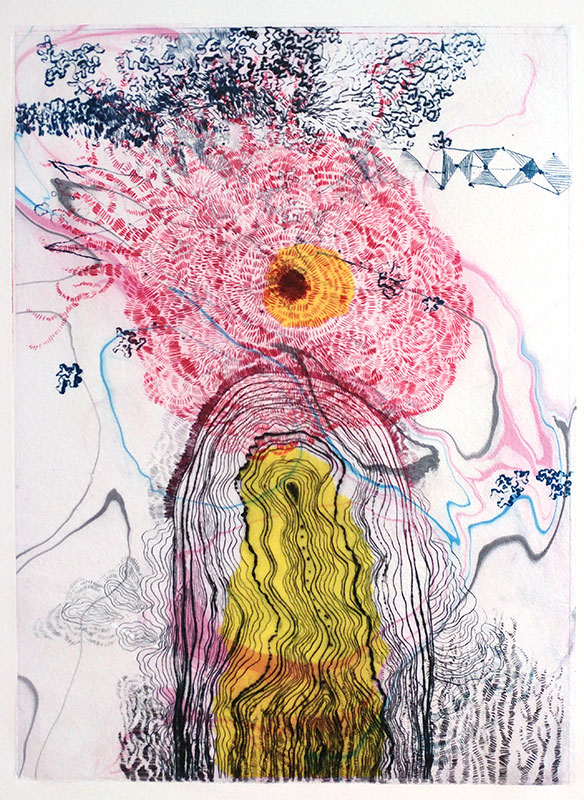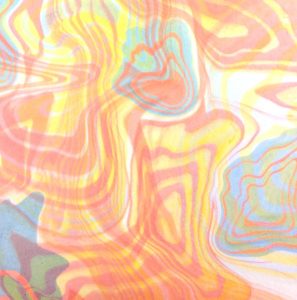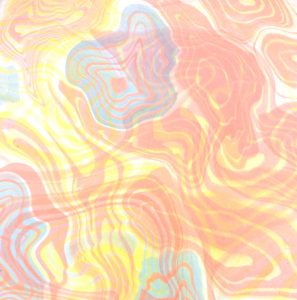
There are so many choices to be taken before a print is done. Often I spend days just preparing bits and pieces of Japanese papers to be used for chine collé, without using them…until later.
I paint, twist and fold, or I punch and burn them. Sometimes I can tell immediately that this little piece is just what I need to give a plate a new approach. Or I see that what I needed was a plain paper, and my new stuff is left in the stack – for later. Quite a few years ago I made some suminagashi sheets. I really liked them, but I had no plan for them. Just enjoyed them every now and then when opening the drawer. Till now.
A couple of weeks ago I was working with different plate combinations, and ended up with the two used in this print. But I needed something more. It is like an orchestra, and you need an instrument floating in the background, communicating with the rest, and binding the work together. I needed my suminagashi papers!
The great thing when working with drypoint on transparent plastic sheets is that after inking the plates I can actually see how the chine collé will fit in.
Suminagashi or “floating ink” is a Japanese paper marbling technique, dating back to the 12th century. By use of only water and ink you can make colourful, vibrant patterns. When participating in a “Paper and Book” workshop in 1991, I learned this technique. “Just let the brush kiss the surface of the water” was the main instruction.
The marbling can be done in one go, or by adding layers of colours, like in a print.




